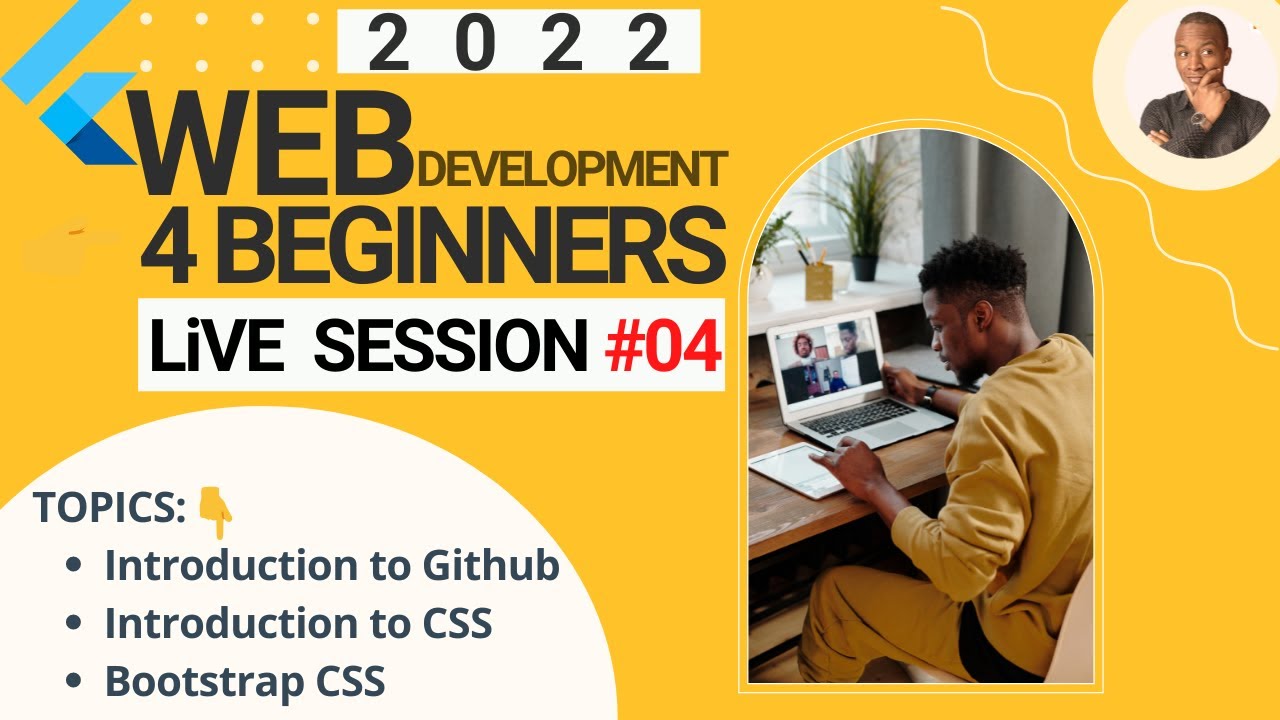1. Introduction to Git
- What is Git?
- Git is a distributed version control system used to track changes in source code during software development.
- It allows multiple developers to work on a project simultaneously without overwriting each other’s changes.
- Basic Git Commands
- Initializing a Repository
git init
Cloning a Repository
git clone <repository_url>
Checking Status
git status
Adding Changes
git add <file_or_directory>
Committing Changes
git commit -m "Commit message"
Pushing Changes
git push origin <branch_name>
Pulling Changes
git pull origin <branch_name>2. Introduction to GitHub
- What is GitHub?
- GitHub is a web-based platform that uses Git for version control and collaboration.
- It allows you to host and manage your code repositories, collaborate with others, and contribute to open-source projects.
- Creating a Repository on GitHub
- Sign Up/Log In:
- Go to GitHub and sign up or log in to your account.
- Create a New Repository:
- Click on the “+” icon in the top-right corner and select “New repository”.
- Fill in the repository name, description (optional), and choose the visibility (public or private).
- Click “Create repository”.
- Clone the Repository Locally:
- Copy the repository URL.
- Use the
git clonecommand to clone the repository to your local machine.
- Sign Up/Log In:
- Working with Repositories
- Forking a Repository:
- Forking allows you to create a personal copy of someone else’s project.
- Click the “Fork” button on the repository page.
- Creating a Pull Request:
- After making changes to your forked repository, you can create a pull request to propose changes to the original repository.
- Navigate to the original repository and click “New pull request”.
- Forking a Repository:
3. Introduction to Bootstrap CSS
- What is Bootstrap?
- Bootstrap is a popular front-end framework for developing responsive and mobile-first websites.
- It includes HTML, CSS, and JavaScript components for designing web pages.
- Setting Up Bootstrap
- Using the CDN:
- Add the following lines to the
<head>section of your HTML document:
- Add the following lines to the
- Using the CDN:
<link href="https://stackpath.bootstrapcdn.com/bootstrap/4.3.1/css/bootstrap.min.css" rel="stylesheet">
<script src="https://code.jquery.com/jquery-3.3.1.slim.min.js"></script>
<script src="https://cdnjs.cloudflare.com/ajax/libs/popper.js/1.14.7/umd/popper.min.js"></script>
<script src="https://stackpath.bootstrapcdn.com/bootstrap/4.3.1/js/bootstrap.min.js"></script>
Basic Bootstrap Components
- Grid System:
- Bootstrap uses a 12-column grid system for layout.
- Example:
<div class="container">
<div class="row">
<div class="col-md-4">Column 1</div>
<div class="col-md-4">Column 2</div>
<div class="col-md-4">Column 3</div>
</div>
</div>
Typography:
- Use Bootstrap’s typography classes for styling text.
- Example:
<h1 class="display-4">Display 4</h1>
<p class="lead">This is a lead paragraph.</p>
Buttons:
- Bootstrap provides various button styles.
- Example:
<button type="button" class="btn btn-primary">Primary Button</button>
<button type="button" class="btn btn-secondary">Secondary Button</button>
Navigation Bar:
- Example:
<nav class="navbar navbar-expand-lg navbar-light bg-light">
<a class="navbar-brand" href="#">Navbar</a>
<button class="navbar-toggler" type="button" data-toggle="collapse" data-target="#navbarNav" aria-controls="navbarNav" aria-expanded="false" aria-label="Toggle navigation">
<span class="navbar-toggler-icon"></span>
</button>
<div class="collapse navbar-collapse" id="navbarNav">
<ul class="navbar-nav">
<li class="nav-item active">
<a class="nav-link" href="#">Home <span class="sr-only">(current)</span></a>
</li>
<li class="nav-item">
<a class="nav-link" href="#">Features</a>
</li>
<li class="nav-item">
<a class="nav-link" href="#">Pricing</a>
</li>
</ul>
</div>
</nav>
Practice Exercise
- Git and GitHub:
- Create a new repository on GitHub.
- Clone the repository to your local machine.
- Create a new HTML file, make some changes, and commit them.
- Push the changes to GitHub.
- Bootstrap:
- Create a simple web page using Bootstrap.
- Include a navigation bar, a grid layout, and some styled buttons.
Summary
- Git is a powerful version control system for tracking changes and collaborating on projects.
- GitHub is a platform that leverages Git for managing and sharing code repositories.
- Bootstrap CSS is a front-end framework that simplifies the development of responsive and visually appealing web pages.





